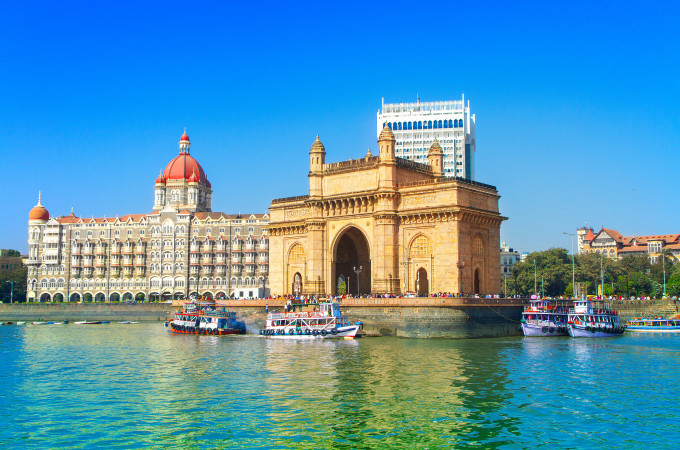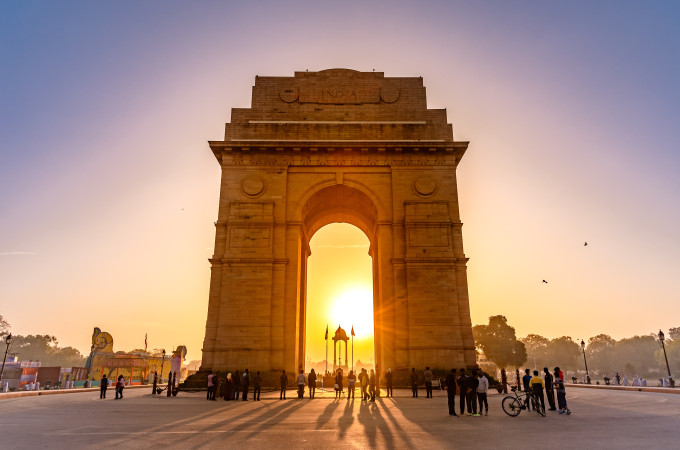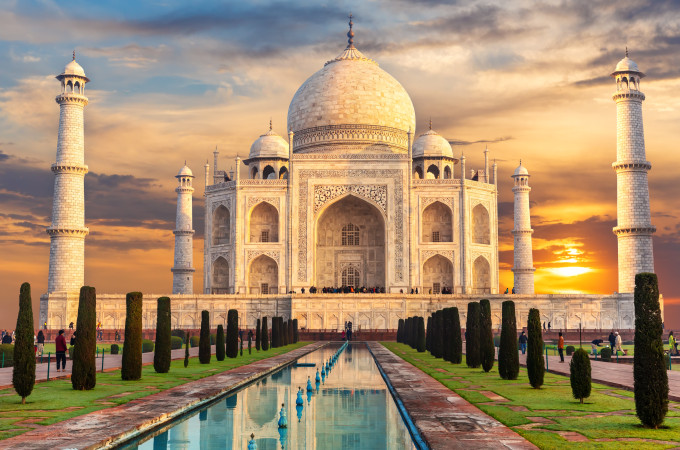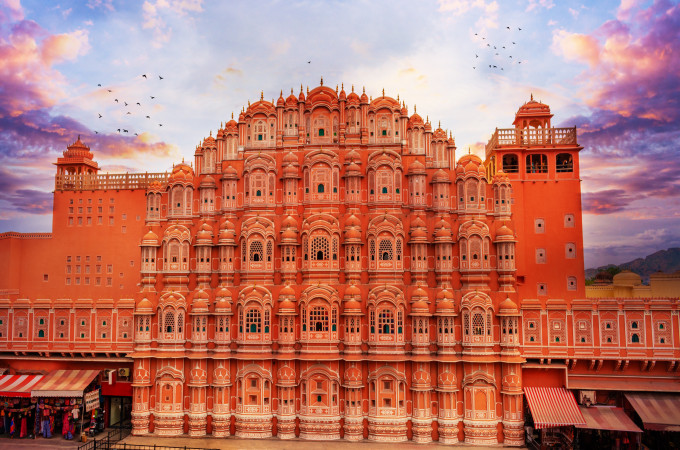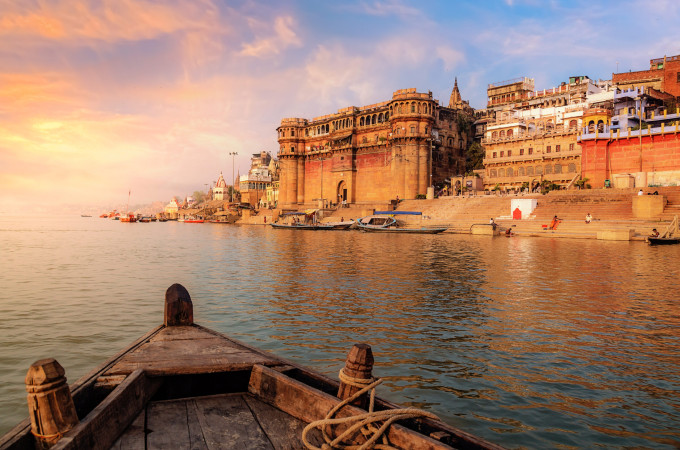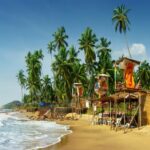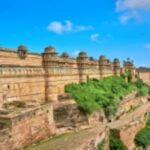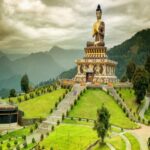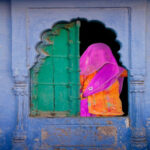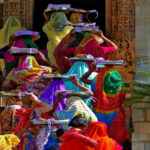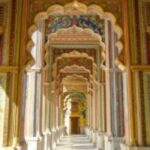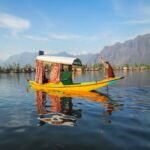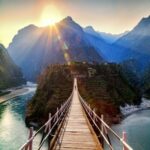The best time to visit North India?
The winter—October to March!
This time of the year is the peak tourist season in India with temperatures ranging roughly between a night time low of 32 °F (10 °C) and a daytime high of (84 °F) 29 °C. Unlike the winter of the West, winter in India is mostly dry, bright, and sunny with mild temperatures—perfect to be up and about and enjoying life.
There are so many reasons to fall in love with North India—a travel destination that offers something for everyone.
Magnificent Palaces, towering forts, exciting wildlife safaris, glorious temples, ancient cities, legendary monuments, relics of the Great Mughal and British Empires, the bliss of the Himalayas, and delicious cuisine!
The summer and Monsoon (April -September) are considered the off – season for tourism. In summer temperatures in most parts remain in excess of 30°C+, peaking at around 40 °C in May. In the monsoon, rain and humidity make outdoor travel challenging. On the positive side, it is a good time to catch discounted deals on hotels, resorts and airfares.
Tourists from all over the world throng the great landmarks of this region like the Taj Mahal in Agra, Humayun’s Tomb in Delhi, the City Palace and Amber Fort in Jaipur, the Ghats (holy embankments) of Ganges in Varanasi, and other key tourist hubs like the hill stations of Himalayas and places like Udaipur, Jodhpur, Jaisalmer, Ranthambore and Pushkar.
Attractions, Geography, and Terrain: What to Do & Expect in Each State
As the most popular tourism hub of the country, (Kerala would like to disagree though!) the North of India is nestled in what is known as the Indo-Gangetic Plains, where a rich favorable soil, pristine rivers, and human-friendly climate has helped to sustain civilization for over 5,000 years. That explains the rich civilizational heritage of the region.
Much of the region is flat plains, where train and car rides are comfortable, and getting around is not a problem. Cities like Delhi, Agra, Varanasi, Amritsar, and Jaipur are connected by an excellent network of roads and train lines—with an increasing number of domestic airports supporting regional travel.
Rajasthan’s terrain is slightly different from the cities mentioned above. Flanked by the Aravalli Hills on the one hand, and the Mighty Thar Desert on the other hand, Rajasthan is mostly semi-arid, and dry, and a large part of it is desert country. But even, then the terrain is generally easy to navigate by car and train.
This combination of an agreeable climate, easy transportation, and favorable topography makes North India such a joy to explore at leisure—in trains, cars, planes, or even jeeps and bikes.
Now that we’ve a mental picture of the lay of the land, let’s look at what each state offers to its visitors.
Rajasthan : “The Land of Rajas” Palaces, Forts and Castles
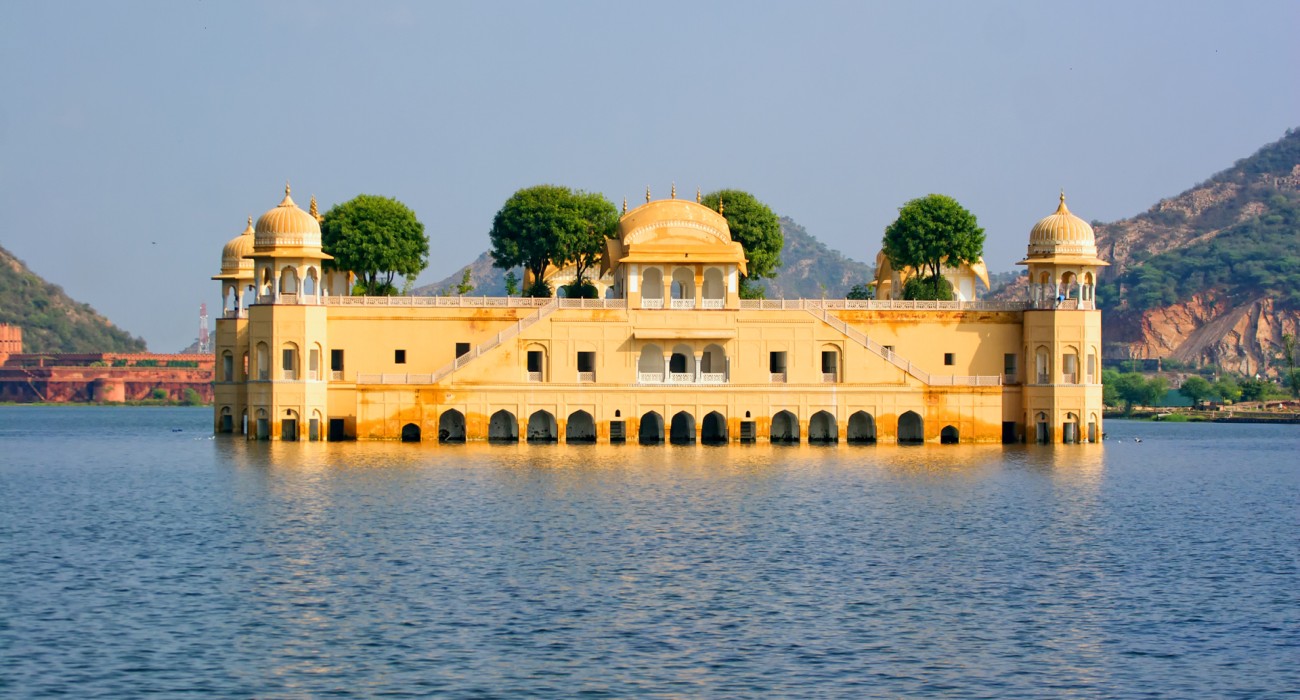
The largest state in India is also one of its biggest tourism hubs with iconic cities like the “Paris of India” Jaipur, the “City of Lakes/Venice of the East” Udaipur, the “Blue City” Jodhpur, “Golden City” Jaisalmer, the holy city of Pushkar (known for Pushkar Camel Festival), and exciting wildlife destinations like the Bharatpur and Ranthambore National Parks.
Terrain: semi-arid plains, dry desert country, and hill country in the Aravalli Range.
Here’s a more elaborate list of places to explore in NORTH INDIA (Hyper Link)
Delhi: Mughal Splendor and the Pride of Modern India
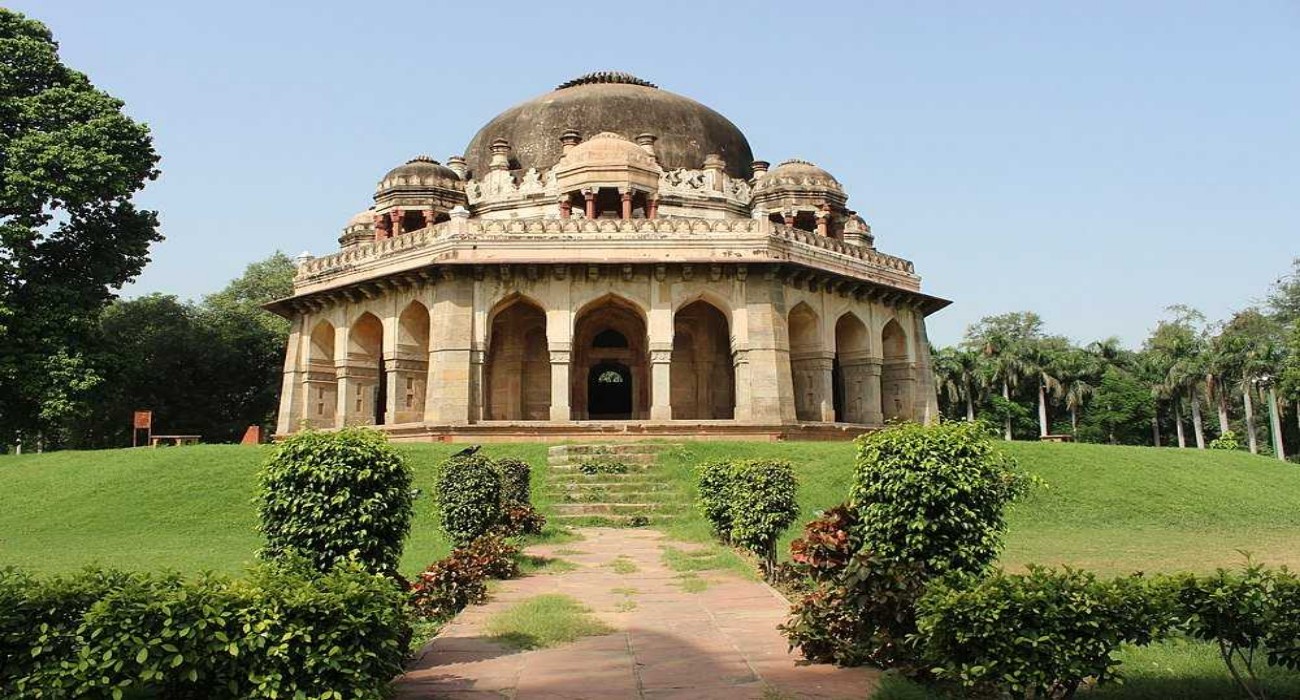
Delhi was the historical crossroads of Hindustan, Central Asia, and Persia with its rich history and heritage a legatee of the legacy of the Mughal Empire and Delhi Sultanates.
In the first quarter of the 20th century, the British Empire moved its capital up north from Kolkata and built a new city “New Delhi” on the other side of the Yamuna River. New Delhi is now the face of modern India, whereas Old Delhi is the face of its ancient splendor.
Activities recommended: Visit the Red Fort, Qutub Minar, Humayun’s Tomb, Lodhi Gardens, Indian National Museum, Jama Masjid, Akshardham, and Lotus Temples. A food tour of the city.
Uttar Pradesh: Agra, Varanasi and Ancient History

The most populous state of the country, Uttar Pradesh houses some of India’s great historical gems like the home of the Taj Mahal Agra, and India’s oldest continuously-inhabited city Varanasi, which is the spiritual heart of Hinduism.
Activities Recommended: City Tour of Agra (Taj Mahal, Agra Fort, Itimad ud Daula, Jama Masjid and Fatehpur Sikri), Heritage Tour of Varanasi and witness the Ganga Aarti Ceremony in the evening, a visit to Sarnath (holy pilgrimage center for Buddhists just outside of Varanasi where Lord Buddha is believed to have delivered his first sermon after attaining enlightenment.
Punjab: Golden Temple, Sikhism and Foodie Paradise
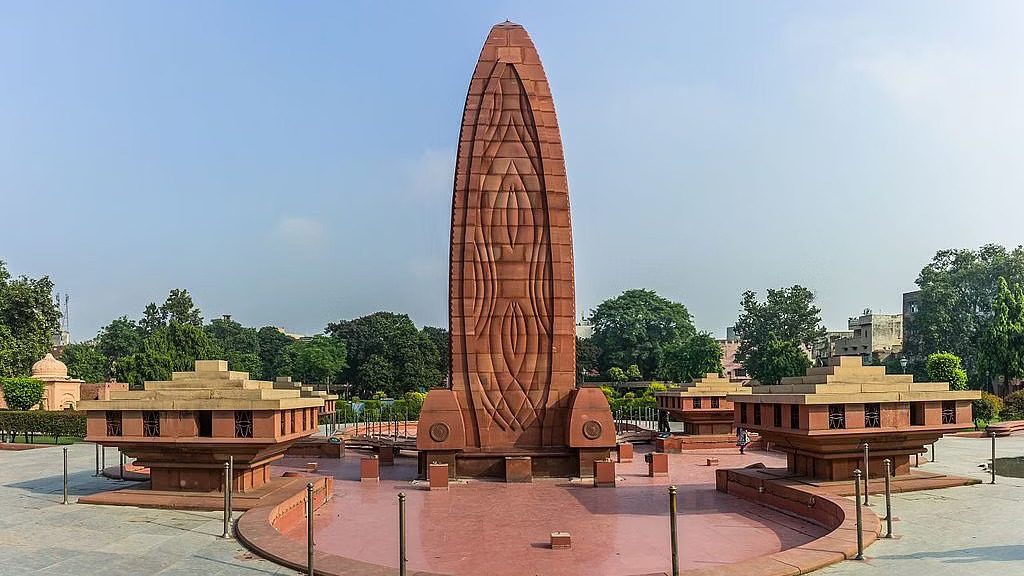
Amritsar houses one of Sikhism’s most revered and visited centers, the Golden Temple. The region is also famous for the legacy of partition and great Punjabi cuisine.
Activities recommended: Visit the Golden Temple, Partition Museum, Jallianwala Bagh Memorial, and a food tour of Amritsar.
The Himalayas (Kashmir, Ladakh, Uttarakhand, Himachal Pradesh)
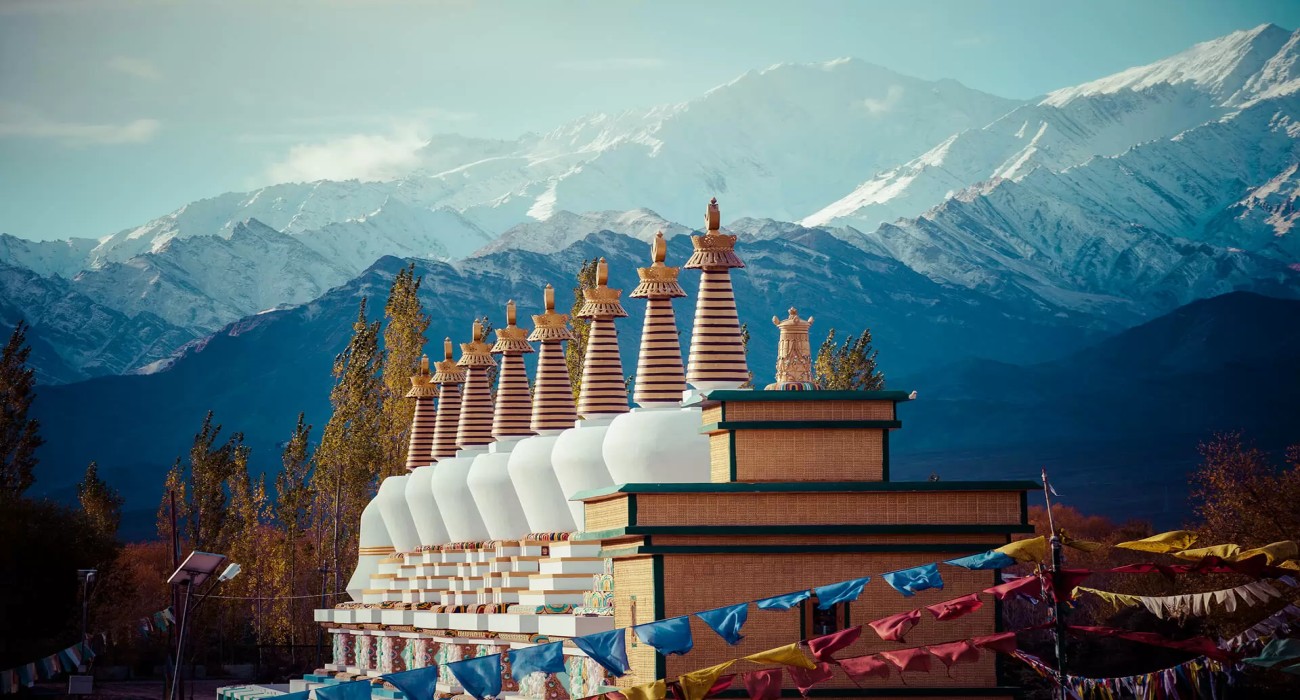
The Himalayas are cold and chilly in Winter, but pleasant and clear in the summer and monsoon—which are the peak/high season for tourism in the region.
Kashmir is famous for its capital city Srinagar where life revolves around the lovely Dal Lake. The Mughal Gardens are a delight to be around in for relaxing walks.
Ladakh is famed for its High Mountain Passes, Tibetan heritage, high-altitude lakes, and cold desert—an ideal backdrop for an off-road Jeep adventure.
Himachal Pradesh and Uttarakhand are both mountainous terrains with pristine valleys, meandering rivers, bio-diverse hiking trails, gorgeous viewpoints, and snow-clad mountains.
North India During the Winter (October to March)
The Indian winter is nothing like the dull, cloudy, and grey affair in some of the other parts of the world. In general, winter in India is the dry season, with mild temperatures ranging between 10°C (50 °F) and 29 °C (84 °F). Except for a couple of weeks in places like Delhi and Agra, it is bright and clear for the most part, making for a pleasurable travel experience.
No wonder then, these months are the peak season for travel in the country.
North India During the Monsoon (June to September)
On average during the monsoon, the region receives 30 to 59 inches of rain, bringing respite from the scorching heat of April and May, and resulting in a drop in temperatures.
Not everyone is cut out for the wet season. The monsoon is, therefore, the shoulder season for travel. On the upside, however, that means thinner crowds in popular places and low rates for travel and accommodation.
North India During the Summer (March-May)
The Indian Summer is not for the faint of heart. Temperatures remain in the mid and high 30s°C (95 °F- 102 °F), with little rain to bring respite from the heat. During this time of the year, Indians from the plains escape to the hill stations and head to the Himalayas to enjoy cool weather.
One catch though: if you are a wildlife enthusiast, then it is worth braving the heat to go on wildlife adventures and safaris in the national parks of India to spot tigers, leopards, panthers, and other magnificent wildlife. These elusive creatures that are otherwise hard to spot in the wild tend to give up their camouflage in the heat to stay close to the water holes and reservoirs to stay hydrated in the heat.
FREQUENTLY ASKED QUESTIONS ABOUT WEATHER IN NORTH INDIA
-
I’m planning a visit to North India. What are the must-visit destinations that I shouldn’t miss?
North India is choc a bloc with historical and cultural attractions, most of which date back centuries. Here is a list of destinations you must visit
– Delhi: Red Fort, Qutub Minar, Humayun’s Tomb, Lodhi Gardens, Indian National Museum, Jama Masjid, Akshardham and Lotus Temples.
– Jaipur: City Palace, Hawa Mahal (Palace of the Winds), Jantar Mantar Astronomical Observatory, Amber Fort, Nahargarh Fort.
– Agra: The Taj Mahal, Agra Fort, Itimad-ud-Daula, and Fatehpur Sikri.
– Varanasi, Uttar Pradesh: The Spiritual Capital of India. Witness a Ganga Aarti Ceremony held every evening at sunset on the Ghats (embankment) of the Ganga River.
– Udaipur: India’s answer to Venice, with its dreamy lakes, enchanting palaces, ornate Havelis (mansions), and romantic vibes.
– Jaisalmer, Rajasthan: Desert Country, famous for its Jaisalmer old city housed in the golden-stone Jaisalmer Fort—one of the last remaining “living forts” in the world.
– Ranthambore National Park & Bharatpur (Keolodeo) Bird Sanctuary, Rajasthan: The former for the best safari in all of India, the latter for an exotic birdwatching experience.
– Amritsar, Punjab: For the Golden Temple, the holiest place in the Sikh Faith.
– Kashmir: For the Dal Lake and Mughal Gardens in Srinagar, Himalayan beauty, and Shikara (Gondola) ride.
– Himalayan Retreat in Uttarakhand, Himachal Pradesh, and Ladakh: Perfect escape from the heat of the low-lying plains to the bliss of the Himalayas.
-
Is it a bad idea to travel to North India in the monsoon?
Not really, unlike the South, the plains of North India rarely sees completely washed out days, there are short showers which actually bring the temperatures down and provide respite from the heat.
The season of Petrichor has it own charm, provided you can brave the rains. Besides, it is a good time to explore the region on the cheap with low hotel, resorts and flights rates.
-
Which months are the coldest in North India?
In general, December and January are the coldest months in North India. Much of the Himalayan ranges remain snow-clad, whereas in places like Delhi, and Amritsar, there might be the occasional fog around the time of Christmas and New Year. In the plains temperature do not fall down drastically, but you’d need an extra layer of clothes (sweaters/warm jackets) and a pair of warm shoes—particularly in the evenings.
Note: End of December and the first two weeks on January can see foggy mornings in cities like Delhi, Agra, Varanasi & Amritsar.
-
What are the hottest months in North India?
May and June are the hottest months. It is not unusual for temperature to reach the high 30s °C and sometimes break the 104 °F (40° C) mark.
-
How should I prepare myself for a monsoon tour to North India?
The monsoon can be wet and rainy in North India. However, it is less intense than it is in the coastal southern parts of India. You do, however, need to be prepared to deal with a quick shower or torrential rain when you are up and about.
Be sure to wear light quick-drying rain-resistant fabrics and closed water-resistant shoes. An umbrella, a rain cap/hat, waterproof outerwear, and quick-dry accessories are things you need to carry when you are outdoors.
-
I’m planning a trip to North India in Summer. What are the recommended activities in North India in the cooler regions?
During the Summer (April-June), the hill stations of the Himalayas offer respite from the heat and humidity of the planes. Here are a few ideas that you can consider in the northern cooler regions.
– Shimla, Himachal Pradesh: Explore the scenic beauty and colonial heritage of the former Summer Capital of India, and one of India’s most beloved hill stations, Shimla.
– Yoga and Meditation on the banks of the Holy Ganges in Rishikesh, Uttarakhand—the Yoga Capital of the World.
– Flower-watching in the UNESCO World Heritage Site “Valley of Flowers” in Uttarakhand, where rare endemic flowers (not found elsewhere in the world) bloom in the summer.
– Traditional Shikara (Gondola) rides in the Dal Lake and walks in the Mughal Gardens of Srinagar, Kashmir.
– Tiger Safaris in the Jim Corbett National Park in Uttarakhand.
– Off-roading in the Land of High Mountain Passes, Ladakh. Snow Leopard-spotting in the Hemis National Park.
– Paragliding in Bir Billing in Himachal Pradesh.
 Skip to main content
Skip to footer
Skip to main content
Skip to footer
